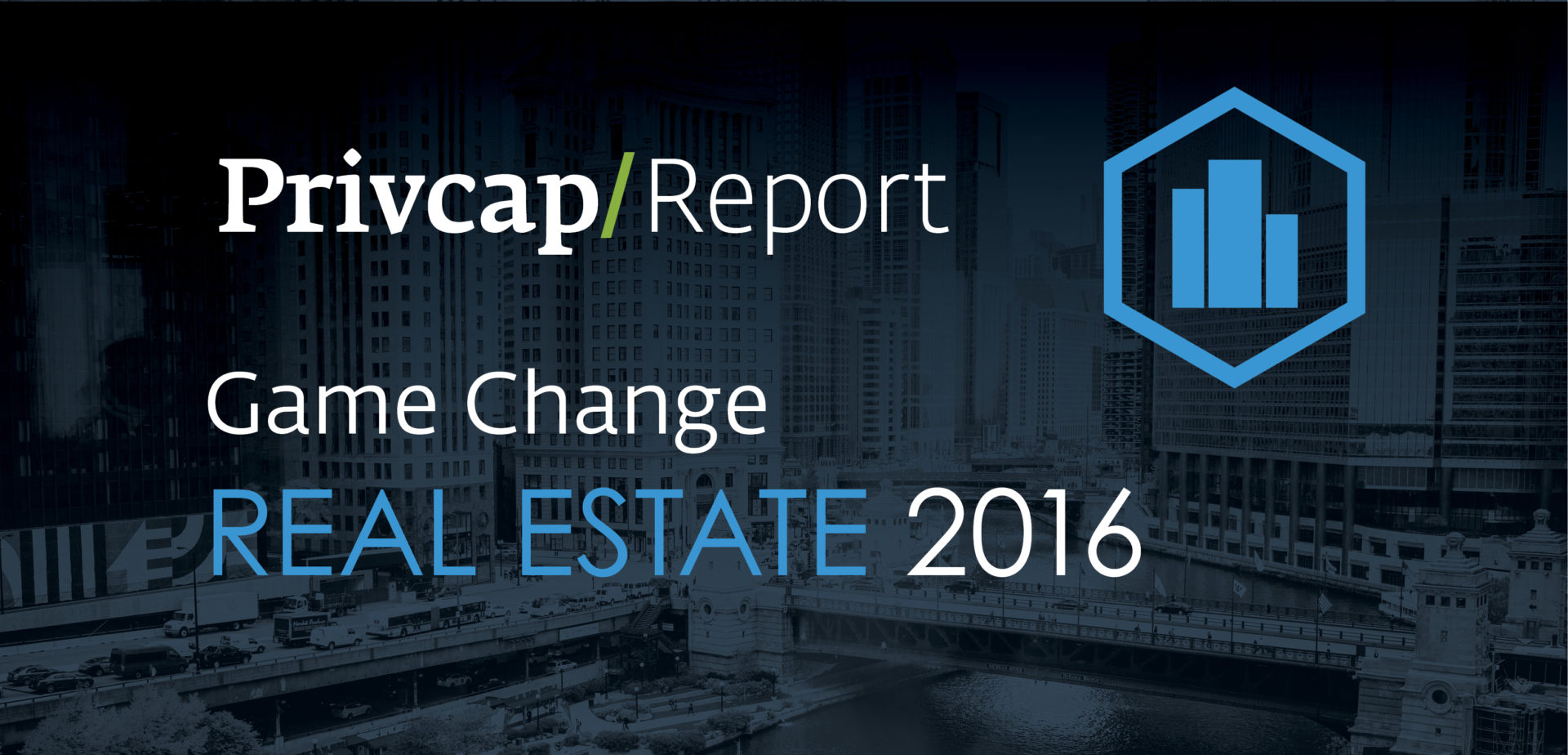Playing Lower in the RE Capital Stack
A real estate advisor explains why dealmakers are more interested in holding real estate debt
Privcap: What are your top-level predictions for the real estate debt market in 2017?
Jason Krane, Ackman-Ziff: People are optimistic going into 2017. Investors appear to have a handle on debt pricing, and once there’s a sense of stability,

Ackman-Ziff Real Estate Group
investors feel more comfortable transacting; whether that’s bidding on acquisitions, refinancing and recapitalizing transactions. There are a lot of quality real estate deals that are probably over-leveraged from 2006 and 2007, and they just need to be right-sized and/or restructured.
What do you expect from the CMBS market now that issuers have new risk-retention rules?
Krane: Last year, the larger banks—Morgan Stanley, Wells Fargo, Bank of America, Goldman—launched a couple of test deals. The response was favorable, so I think that’s going to continue throughout 2017. I don’t think there’s going to be any further price adjustments or price premiums post risk retention.
How are the appetites of institutional investors influencing the real estate debt market?
Krane: There’s been a run-up in asset values, and investors are questioning what values should look like today. We’ve seen a lot of institutional investors start to play in the debt and subordinate debt space, where they can be lower in the capital stack with the appropriate risk adjusted return. Instead of being 100 cents of value, now they’re at 70-75 cents. Or they’re at 80, 85, maybe 90 [cents] for mezzanine or preferred equity. Institutional investors are playing in the value-add space and taking a little bit more risk versus commercial banks. The number of debt funds allocating capital to real estate has increased dramatically.
What kinds of deals will be easiest to finance in 2017, and what will be the attributes of deals that will be tough to finance?
Krane: The challenges will be ground-up luxury condos and ground-up hotels where there is a supply-demand imbalance. Secondary and tertiary malls—those will all be somewhat challenged. By contrast, deals that have solid cash flow, a strong tenant base with really good fundamentals—those deals will attract favorable financing, whether it’s from commercial banks, life insurance companies, Wall Street, debt funds, etc. There is a tremendous amount of capital in the market, but lenders are really prudent today on how they underwrite deals, making sure that assumptions are supportable.
What else can you tell us about the way deals are getting underwritten in the current market?
Krane: Investors want to purchase deals where a meaningful portion of the equity return is derived through cash flow, and not just reversion relying on exit cap rates. We don’t see investors underwriting overly-aggressive assumptions for example, hotel ADRs [average daily rates] and/or residential rents are going to grow 10 percent. That’s not happening. Investors will underwrite deals and markets based on supportable information. And I do think you’ll continue to see institutional investors and equity players start to play lower in the capital stack. They’ll originate first-mortgage debt; they’ll originate mezzanine loans and preferred equity investments and start playing in that zero to 70 percent, and 70 percent to 90 percent of the capital stack to make yields. They’re more comfortable today at that leverage level.
Predictions for the 2017 real estate debt market, and outlook on the dealmaking landscape.










